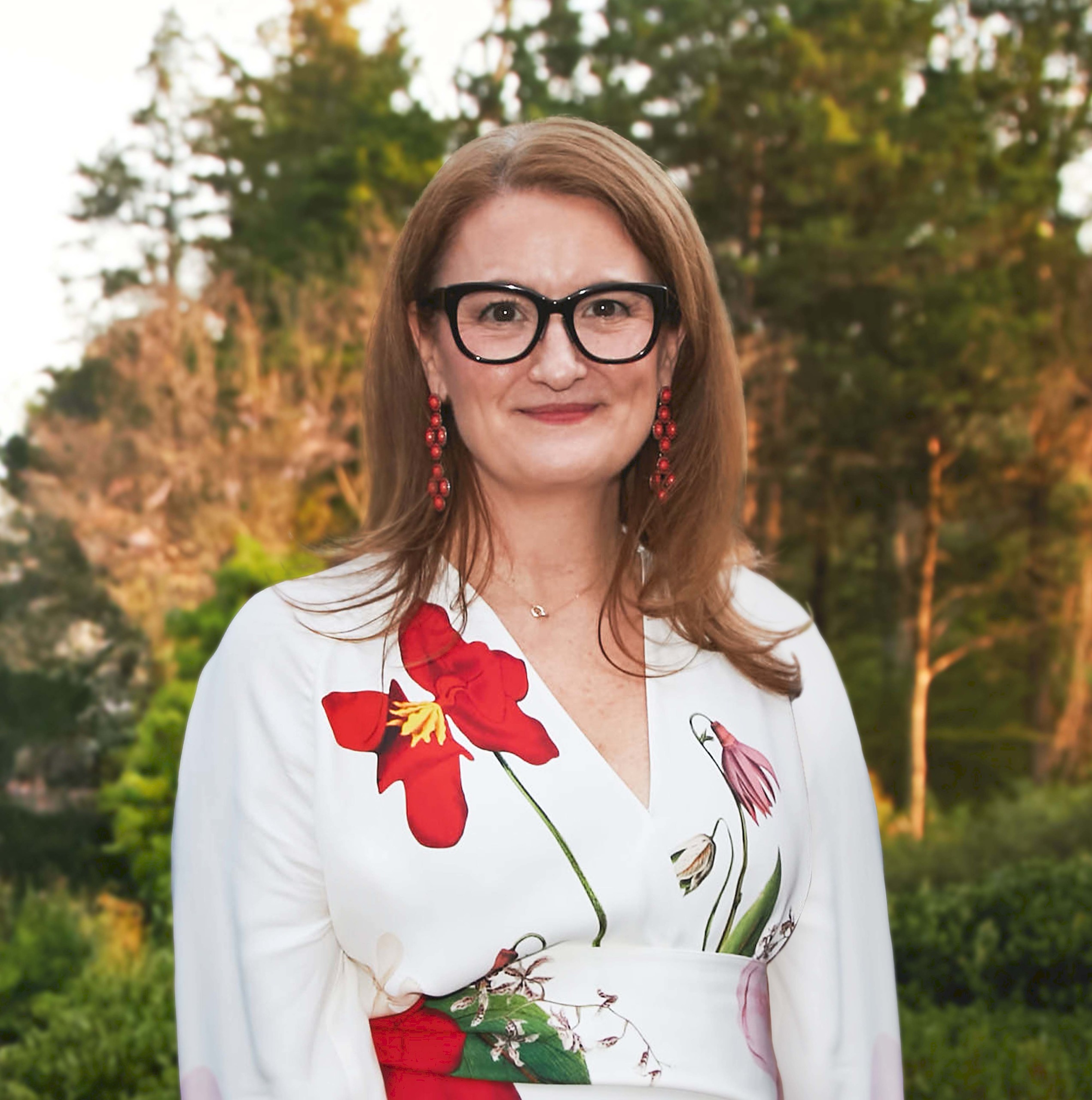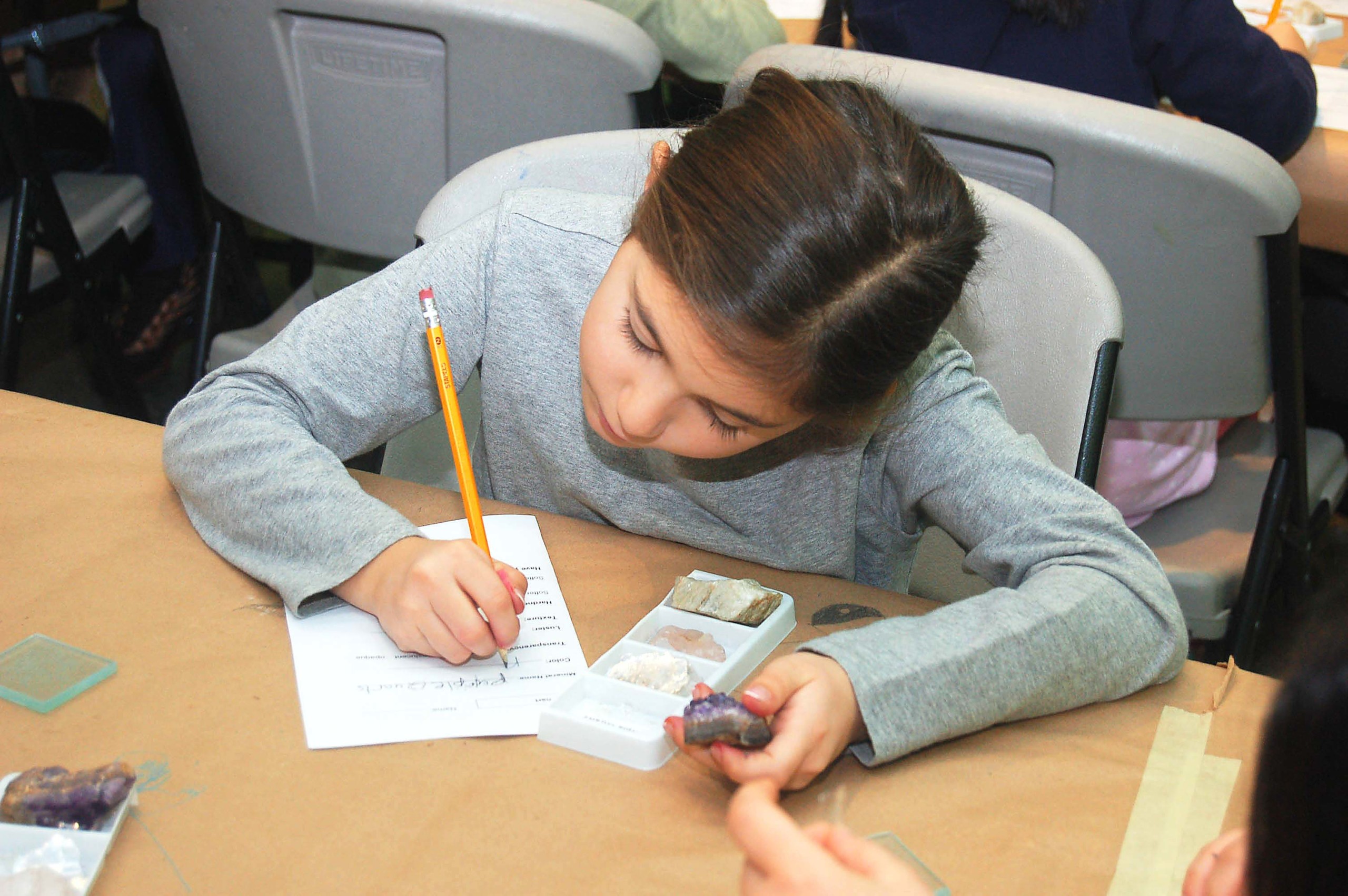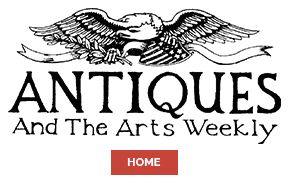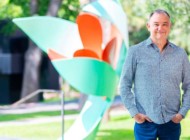
On April 7, Mary-Kate O’Hare began her tenure as the Bruce Museum’s newest executive director and CEO. Following a 12-year stint as the head of art advisory and director at Citi Bank Private Art Advisory, O’Hare comes to the Greenwich, Conn., museum as the first woman in the role since the Bruce’s inception in 1912. Antiques and The Arts Weekly sat down with O’Hare to discuss how she’s prepared for the role.
Congratulations on your new position as executive director and CEO at the Bruce Museum! After 12 years away from the museum world, why did you choose to come back?
Thank you! I am so excited to be here. The fact that we focus on both art and science deeply resonates with me and my own background. I’ve only ever worked at museums that bring these disciplines together. I think the Bruce is uniquely positioned to advance the ways art and science can inform one another, and I’m excited to introduce programming that dissolves the boundaries between disciplines. This integrated approach is central to the Bruce’s mission to cultivate discovery and wonder by engaging broad audiences through the power of art and science. It also represents a distinctive model for how museums can transcend traditional boundaries to create meaningful, transformative experiences for visitors of all ages.
While my role at Citi Private Bank offered valuable perspective, I’ve remained deeply connected to museum practice through my active involvement as a trustee of the Association of Art Museum Curators, where I’ve served as both vice president of fundraising and vice president of finance and audit. This engagement has kept me connected to the evolving opportunities and challenges in the museum field.
After helping transform Citi Private Bank’s Art Advisory business, I’m energized to bring the blend of cultural expertise and strategic leadership to advance the Bruce’s mission and vision during this pivotal moment in its history.
You’re also the very first woman to serve as the executive director of the museum since its inception in 1912. What significance does that hold for you?
I’m honored to break this barrier. While I hope we’re moving toward a time when such “firsts” aren’t noteworthy, I recognize the responsibility that comes with it. I stand on the shoulders of many women who have greatly impacted the field. The significance for me lies in continuing to build an institution where a variety of perspectives are valued at every level, from leadership to programming. My focus is on creating a legacy of excellence that makes it natural for people of all backgrounds to see themselves represented in museums.
So, you spent 12 years at Citi Private Bank Art Advisory as their head of art advisory and director. How is that position similar to your current role, and how does it differ?
Both roles require deep art expertise, strategic thinking and relationship building. At Citi, I cultivated relationships with sophisticated collectors worldwide, guiding major acquisitions while managing complex global teams. That experience is directly applicable to museum leadership, especially in donor cultivation and collection development.
A key similarity is that both roles have an educational component. At Citi, I was constantly in teaching mode — helping clients navigate art history and the market while explaining the cultural and financial value of art to my banking colleagues. Also, I was able to work with Citi’s Foundation and sponsorship teams to support museums around the world.
The fundamental difference is in purpose and stakeholders. At the Bruce, I’m stewarding a cultural legacy for public benefit rather than for private individuals. The museum director’s role encompasses a broader mandate — from exhibition development to community engagement — with responsibility to a broad range of constituencies including visitors, donors, staff and the wider Greenwich community. I’m now focused on creating experiences that inspire wonder and learning for everyone who walks through our doors, while ensuring the institution’s long-term sustainability.

A young girl examining a mineral at one of the Bruce Museum’s Science Solvers drop-in programs. Photo courtesy the Bruce Museum.
You have also previously held adjunct faculty positions at Rutgers, The State University of New Jersey and William Paterson University. How did being an educator impact how you do curatorial work?
I’ve always seen museum work as fundamentally educational at its core. I approached my curatorial work as a form of education, making art accessible (and exciting) to visitors of all ages and backgrounds.
This pedagogical approach has extended throughout my career. At Citi, I consistently found myself teaching — whether guiding clients through art history and the art market or helping my banking colleagues understand the cultural and financial value of art. One of the most rewarding accomplishments from my time at Citi was my involvement in creating what was at its core an educational program that funded paid internships at museums for students from underrepresented backgrounds.
I believe the most successful exhibitions, like the best classrooms, engage visitors at multiple levels of understanding. My 13 years at the Newark Museum taught me that. Curators collaborated very closely with the education department to ensure that we were creating multiple entry points into our exhibitions. It ensured that we honored different learning styles and perspectives. This is an approach I would like to further develop at the Bruce.
Finally, what are you looking forward to most as you navigate this new role? Any upcoming exhibitions in the works?
I’m most excited about realizing the Bruce’s unique potential. I think of it as a laboratory for innovation where art and science actively inform one another. Building on the Bruce’s expanded facilities and strong foundation, I also look forward to developing our art collection while expanding our educational impact through strategic partnerships. I’m eager to work with our talented staff to create exhibitions that combine scholarly rigor with accessible, multi-layered engagement.
We’re currently developing several exciting initiatives that will showcase both artistic excellence and our innovative cross-disciplinary approach. I’m also looking forward to deepening our engagement with Greenwich’s extraordinary collecting community while expanding our regional audience. The Bruce has all the ingredients to become a premier cultural destination and a model for how museums can serve their communities. I’m so happy to be here!
—Kiersten Busch




